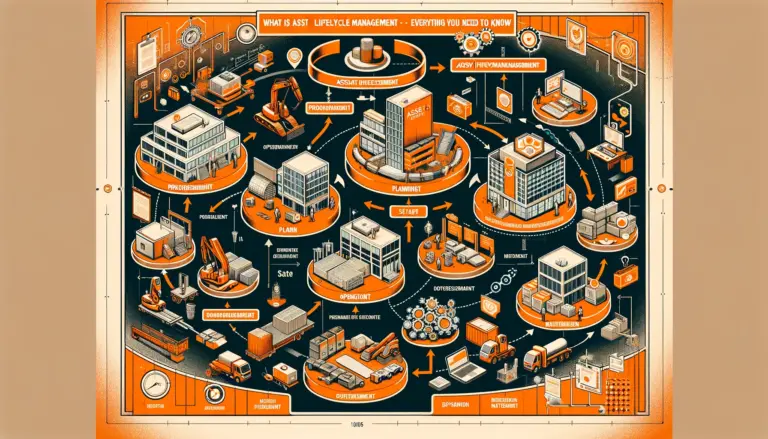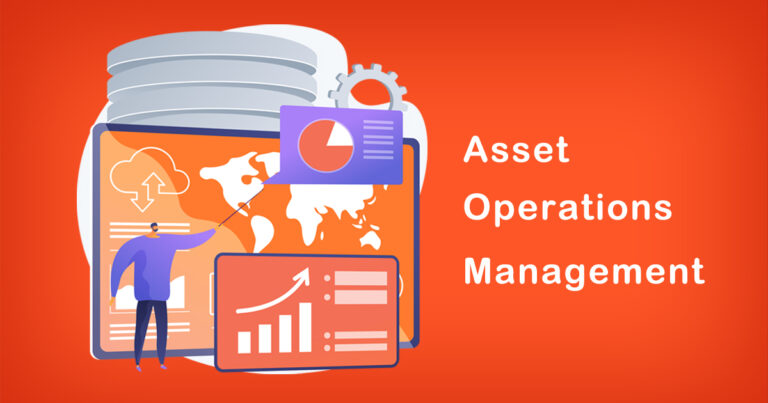Asset management is the process of managing physical assets throughout their lifecycle, from acquisition to disposal. Asset reliability is one of the most critical aspects of asset management. It is the ability of an asset to perform its intended function without failure or breakdown. In an Indian context, where asset-intensive industries such as manufacturing, power, and transportation are rapidly growing, the importance of reliability in asset management cannot be overstated. This blog will explore the importance of reliability in asset management, the challenges faced in achieving it, and the best practices that can be adopted to ensure reliability.
Importance of Reliability in Asset Management
Reliability is crucial for achieving operational efficiency, reducing downtime, and enhancing safety. In India, where power outages are frequent, reliability in asset management can ensure a continuous supply of power, which is critical for industries and households alike. According to a report by the Central Electricity Authority, India faces an energy deficit of around 0.7% during the peak hours, which can be reduced by improving the reliability of assets in the power sector.
Reliability also plays a critical role in the manufacturing industry. In India, where the manufacturing sector is a key contributor to the GDP, ensuring reliability of assets can help in increasing productivity and reducing maintenance costs. A study by Frost & Sullivan found that equipment downtime costs Indian manufacturers approximately $20 billion every year, which could be reduced by improving asset reliability.
Challenges in Achieving Reliability
Achieving reliability in asset management is not without challenges. One of the primary challenges is the lack of a data-driven approach to maintenance. Many organizations still rely on reactive maintenance, where repairs are made only after a failure has occurred. This approach is not only expensive but also leads to increased downtime, reduced asset life, and decreased productivity.
Another challenge is the lack of skilled personnel. In India, where the manufacturing sector is rapidly growing, there is a shortage of skilled workers who can perform maintenance and repair activities. This shortage can lead to delays in maintenance activities, resulting in increased downtime and reduced reliability.
Best Practices for Ensuring Reliability
To ensure reliability in asset management, organizations can adopt various best practices. One of the most important is to shift from reactive maintenance to a proactive approach that involves regular inspections and preventive maintenance. This approach can help in identifying potential problems before they result in failure, reducing downtime and maintenance costs.
Another best practice is to leverage technology such as predictive maintenance tools, which use machine learning and artificial intelligence to predict equipment failures. These tools can help in identifying potential issues before they become critical, reducing downtime and increasing reliability.
Training and development programs can also be implemented to address the shortage of skilled personnel. These programs can help in upskilling workers and ensuring that they have the knowledge and expertise to perform maintenance and repair activities.
Conclusion
In conclusion, the importance of reliability in asset management cannot be overstated, especially in an Indian context, where asset-intensive industries such as manufacturing and power are rapidly growing. Achieving reliability in asset management can help in increasing productivity, reducing maintenance costs, and enhancing safety. However, achieving reliability is not without challenges, such as the lack of a data-driven approach to maintenance and a shortage of skilled personnel. To ensure reliability, organizations can adopt best practices such as shifting from reactive maintenance to a proactive approach, leveraging technology, and implementing training and development programs. By doing so, they can ensure that their assets perform their intended function without failure or breakdown, leading to improved operational efficiency and reduced costs.








